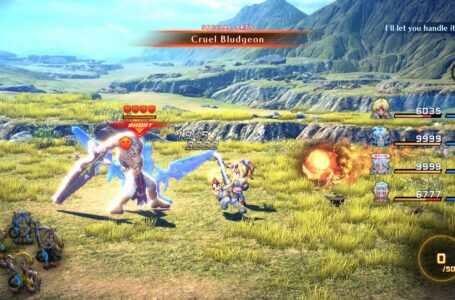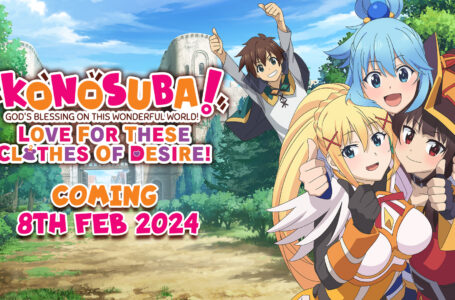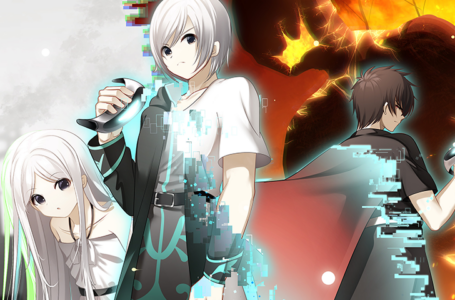Star Ocean: The Second Story R brings us another modernised RPG classic
While it’s a kind of crappy time to be interested in retro gaming, what with prices going through the roof as people who buy games as “investments” rather than things to be enjoyed hoover up everything, a lot of publishers are aware that there is interest in classic titles. To that end, we’ve seen rereleases and remakes of a lot of titles that are pricy on their original format — with Star Ocean: The Second Story R being the latest to be announced at the time of writing.
Star Ocean: The Second Story is, as the name suggests, the second game in tri-Ace’s Star Ocean series. It’s a noteworthy title as it was the first entry in the series to be released outside of Japan, and was a well-received title back on its original 1998 PS1 release. It was praised for its intriguing combination of science fiction and fantasy in its story, with its main characters Claude and Rena hailing from futuristic and medieval-level societies respectively — and, rather enjoyably, you could choose to make either Claude or Rena the main protagonist at the outset of the game, changing the perspective of some scenes quite significantly.
Like many other RPGs released on PlayStation, Star Ocean: The Second Story eschewed the traditional top-down tile-based presentation that RPGs had used throughout the 8- and 16-bit eras in favour of pre-rendered backdrops with characters overlaid on top of them. Unlike Final Fantasy VII, which came out a year prior to Star Ocean: The Second Story, the latter made use of sprites for its characters rather than polygonal models.
Star Ocean: The Second Story’s battle system also drew praise from many due to its blend of traditional RPG-style mechanics with real-time, almost beat ’em up-style elements. This aspect of the series has persisted into its more modern installments — and similar mechanics are also found in other popular series such as Namco’s Tales titles — but it was relatively unusual to see an RPG battle system of this type in 1998, making it a standout title worth exploring.
Star Ocean: The Second Story also innovated with its “Private Action” system, which allowed you to split your party up prior to entering various locations, and then go and track down each individual member to see what they were up to. Sometimes this led to a simple conversation, while on other occasions it led to more major events. Through the Private Actions and various choices it was possible to make over the course of the game, there was a huge number of possible ending variations to the game according to the characters you had recruited and the things you had done.
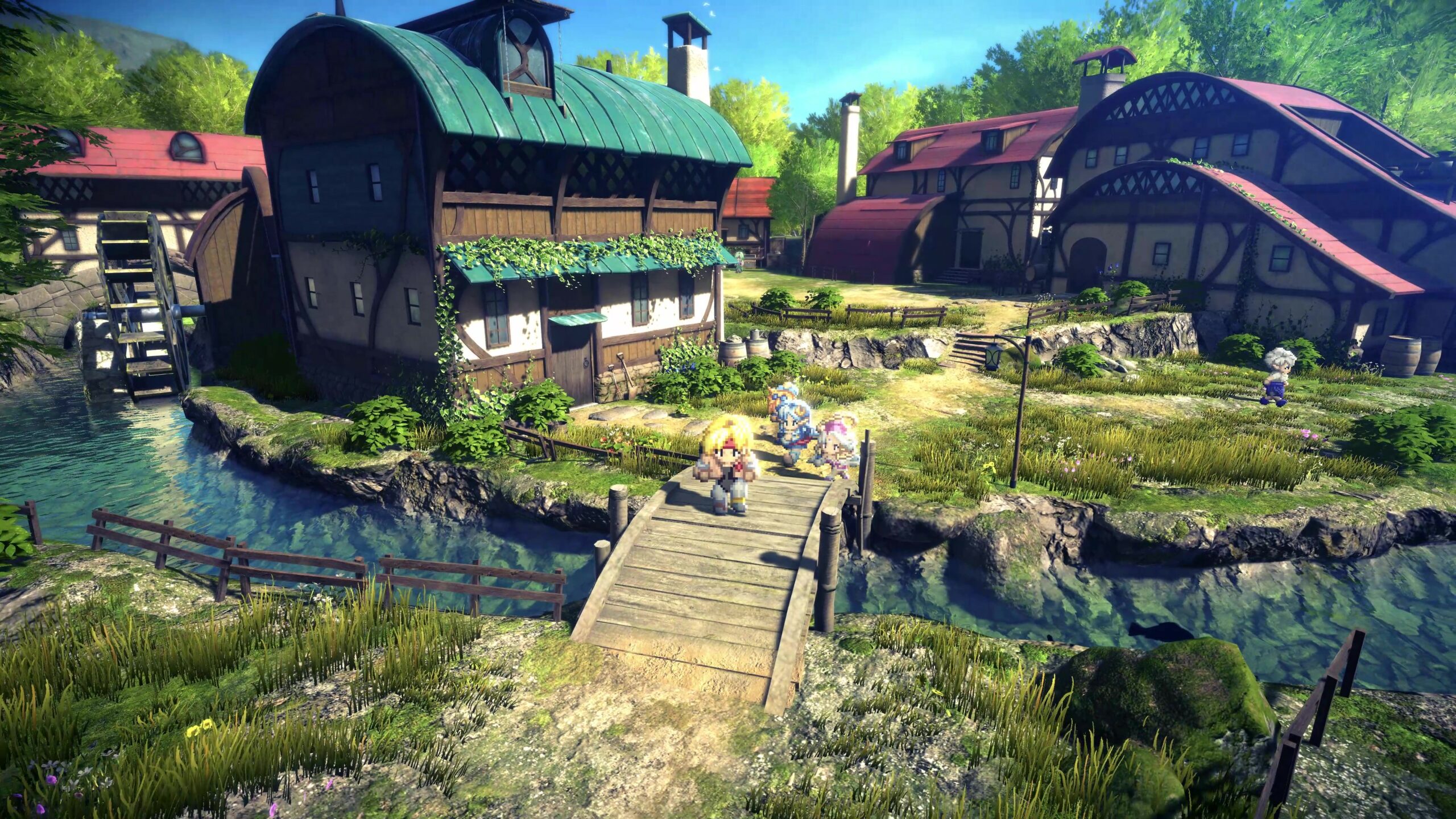
On top of this, the game featured a variety of unusual skills not typically seen in Asian-style RPGs — particularly at the time — that allowed you to craft items and make money via various means other than simply fighting enemies. It really was a thoroughly deep, extremely interesting title, which is why up until now it’s been a bit of a bummer than second-hand copies tend to go for three-figure sums.
Star Ocean: The Second Story R takes a similar approach to the Live A Live remake in that it’s not a note-for-note recreation of the original game; rather, it uses the original as a basis and combines both classic and modern elements to create something that pays homage to the original yet is indisputably a 21st century game. Notably, the pixel art characters return, but the prerendered backdrops have been replaced with polygonal environments that can be more freely explored, allowing for a much greater level of immersion in the world compared to the relatively “zoomed out” perspective of the PS1 original.
All the features of the original game look set to return, including the ability to play as both protagonists, and the music has had a full remix. The music of the PS1 original was already pretty great, so hearing it rerecorded with modern instrumentation will be a real treat.
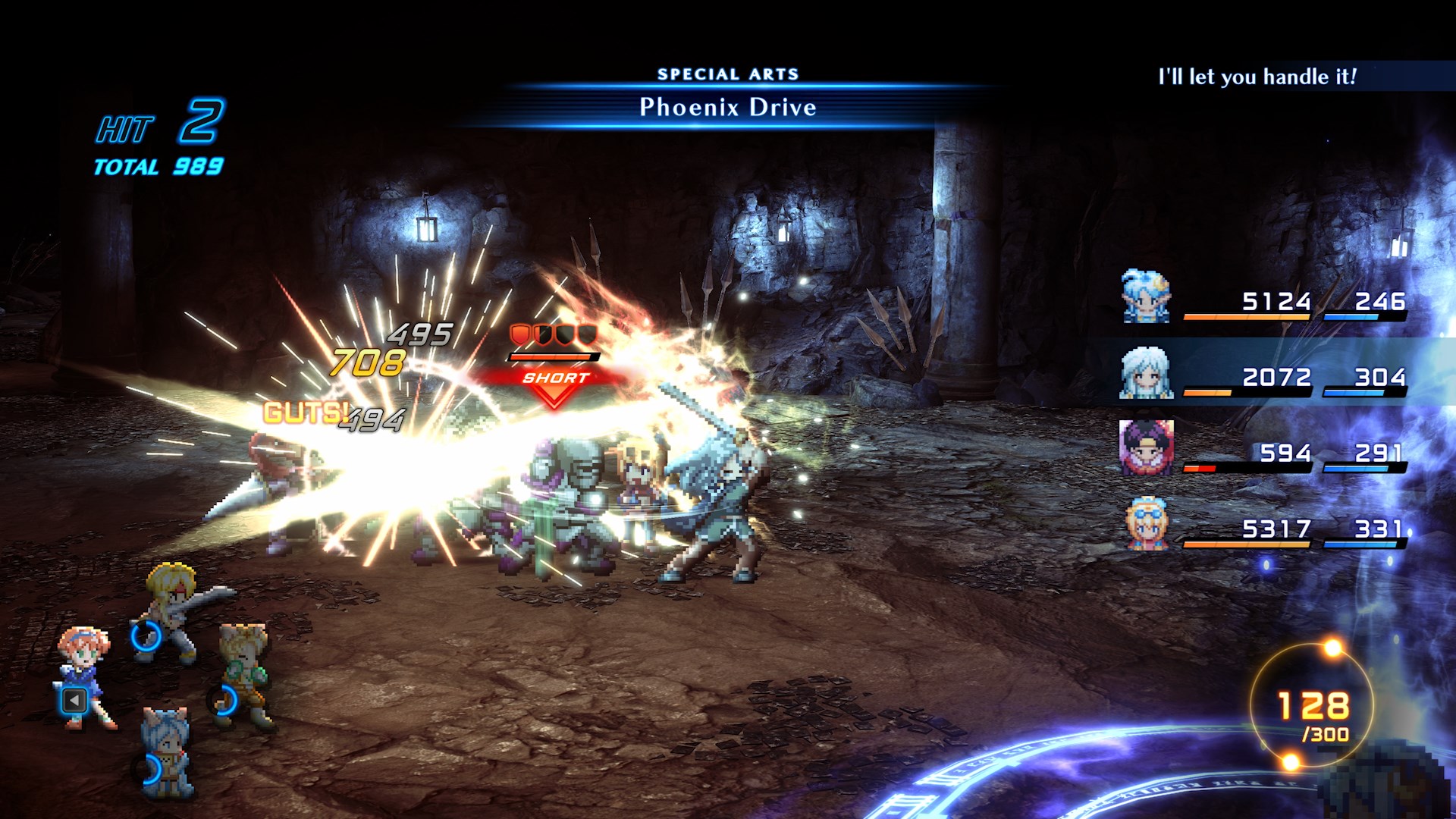
While some folks might have preferred a simple rerelease of the PS1 original, it’s hard to deny the appeal of these remakes that strike a lovely balance between modern and retro sensibilities. Not only do they provide a new twist on a classic game for existing fans, but they also make these games more accessible to a modern audience. Everyone wins! Apart from those who still want a copy of the PS1 original to put on their shelves for old time’s sake — but this mostly makes up for it, at least.
Join The Discussion
Rice Digital Discord
Rice Digital Twitter
Rice Digital Facebook
Or write us a letter for the Rice Digital Friday Letters Page by clicking here!
Disclosure: Some links in this article may be affiliate links, which means we may earn a small commission if you make a purchase after clicking on them. This is at no additional cost to you and helps support Rice Digital!
- Letter from the Editor: passing the torch - June 30, 2023
- Super Woden GP 2 is looking promising - June 30, 2023
- Inti Creates is making a 32 bit-style Love Live action platformer - June 26, 2023




